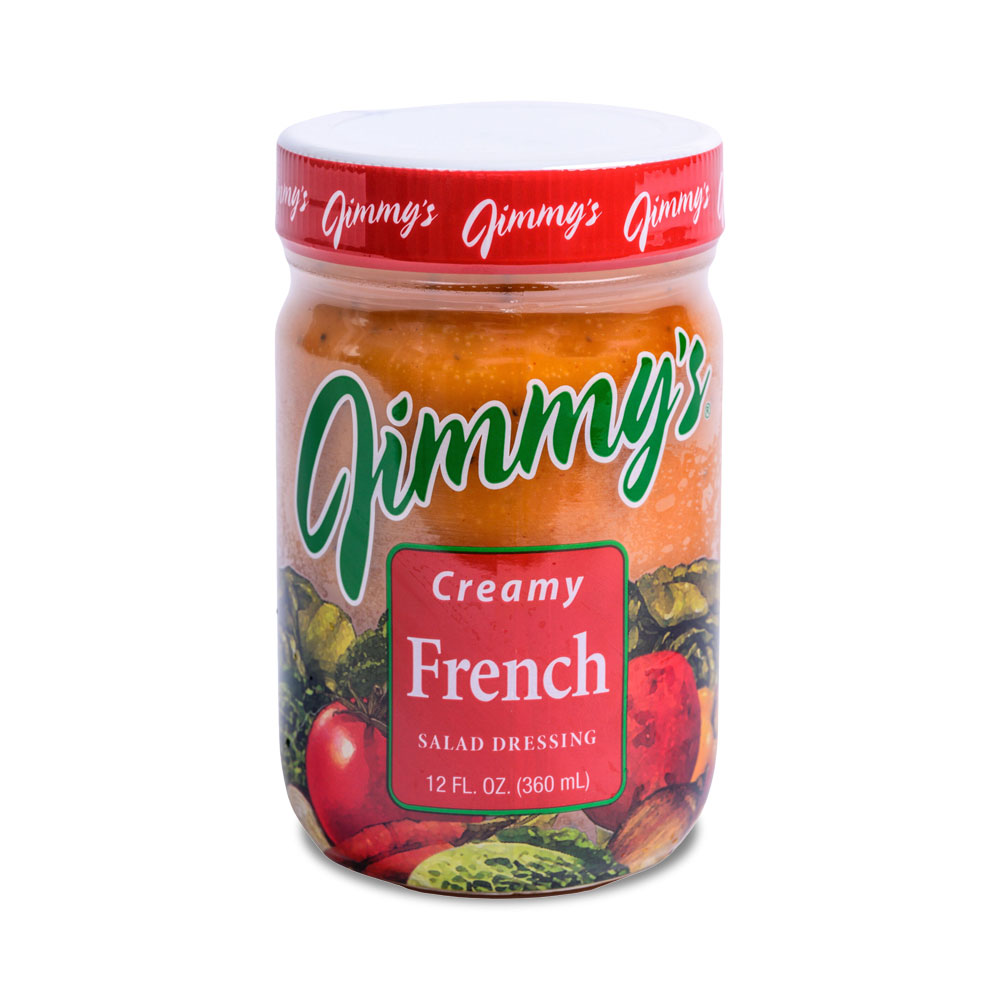French Croissant: The Ultimate Guide To Savoring The Flaky Perfection
You know what they say about French pastries, right? They're not just food—they're an experience. The French croissant is one of those magical creations that can turn even the simplest breakfast into a moment of pure indulgence. If you’ve ever wondered why this golden, flaky delight has become a global sensation, you’re in the right place. Today, we’re diving deep into the world of French croissants, uncovering their secrets, history, and the techniques that make them so irresistible.
Think of the French croissant as the rockstar of the bakery scene. It's not just a pastry; it's a symbol of French culinary artistry. From its origins to its modern-day variations, there's so much to explore. And hey, who wouldn’t want to learn more about something that tastes this good? Whether you're a foodie, a baker, or just someone who loves a great breakfast, this article has got you covered.
So grab your coffee—or maybe even a glass of champagne if you're feeling fancy—and let's embark on a journey through the delightful world of French croissants. This isn’t just about eating; it’s about understanding the magic behind every bite.
Read also:Exploring The Remarkable World Of Ts Luana A Digital Content Creator Extraordinaire
Table of Contents
- The Rich History of French Croissants
- Key Ingredients for a Perfect Croissant
- The Art of Making Croissants
- Popular Variations Around the World
- Health Aspects of Eating Croissants
- Where to Find the Best Croissants
- Tips for Making Croissants at Home
- Perfect Pairings for Your Croissant
- Cultural Significance of Croissants
- Frequently Asked Questions
The Rich History of French Croissants
Let’s rewind the clock and dive into the fascinating history of the French croissant. Believe it or not, the croissant didn’t originate in France. Shocking, right? The story begins in Austria, where a crescent-shaped pastry called the "kipferl" was already a thing back in the 13th century. But it wasn’t until the late 1800s that this pastry made its way to France and got its iconic transformation into what we now know as the croissant.
Fast forward to the 1900s, and the French bakery scene was booming. Croissants became a staple in every boulangerie, and their popularity skyrocketed. The flaky layers, buttery aroma, and perfect golden color made them a favorite among locals and tourists alike. And let’s be real, once you taste a freshly baked French croissant, it’s hard to go back to anything else.
From Austria to France: The Evolution
Here’s the kicker: the transformation of the kipferl into the French croissant wasn’t just about shape. It was about technique. French bakers took the basic idea and added their own twist, focusing on the lamination process that creates those signature layers. This process involves folding and rolling the dough multiple times with layers of butter, resulting in a pastry that’s both delicate and robust.
So next time you bite into a croissant, remember its journey from Vienna to Paris. It’s not just a pastry; it’s a piece of history.
Key Ingredients for a Perfect Croissant
Now, let’s talk ingredients. A good croissant isn’t just about technique; it’s about using the right stuff. Here’s what you need to know:
- Flour: You want high-quality all-purpose flour or bread flour for the best results.
- Butter: This is where the magic happens. European-style butter with a high fat content is ideal for that rich, buttery flavor.
- Yeast: This little guy is responsible for the rise. Fresh yeast or active dry yeast works well.
- Sugar and Salt: These balance out the flavors, making sure your croissant isn’t too bland or too sweet.
- Milk or Water: Adds moisture and helps with the texture.
And there you have it. Simple ingredients, but when combined with skill, they create something extraordinary.
Read also:Discover The Power Of Butter Sugar Coffee A Comprehensive Guide
The Art of Making Croissants
Making croissants is no walk in the park, but it’s definitely worth the effort. Here’s a quick breakdown of the process:
First, you make the dough. This involves mixing your flour, yeast, sugar, salt, and liquid until you have a smooth, elastic dough. Then comes the fun part: laminating. This is where you incorporate the butter into the dough by folding and rolling it multiple times. Each fold creates more layers, which is what gives the croissant its flaky texture.
After laminating, the dough is rested, shaped into crescents, and left to proof. This means letting the yeast work its magic and allowing the croissants to rise. Finally, they’re baked in a hot oven until golden brown and crispy on the outside, soft and buttery on the inside.
Tips for Success
Here are a few tips to help you nail the process:
- Keep your butter cold. This is crucial for those layers.
- Don’t rush the resting periods. Patience is key.
- Use a sharp knife when shaping to get clean edges.
And there you go. With a bit of practice, you’ll be baking croissants like a pro in no time.
Popular Variations Around the World
While the French croissant is the gold standard, different cultures have put their own spin on this classic. Here are a few variations you might want to try:
- Almond Croissant: Filled with almond paste, this variation adds a nutty twist to the classic.
- Chocolate Croissant: A favorite among kids and adults alike, this version has a rich chocolate filling.
- Savory Croissant: Filled with cheese, ham, or spinach, these are perfect for a quick lunch.
So whether you’re in the mood for something sweet or savory, there’s a croissant out there for you.
Health Aspects of Eating Croissants
Now, let’s talk about the elephant in the room: are croissants healthy? The short answer is no, not really. They’re high in calories, fat, and carbs, but hey, everything in moderation, right? If you’re watching your weight, consider smaller portions or opt for the savory versions, which might be a bit lighter on the sugar.
But let’s not forget the joy they bring. Life’s too short not to indulge in a delicious croissant every now and then.
Where to Find the Best Croissants
If you’re lucky enough to be in France, any boulangerie will have a great croissant. But what if you’re not in France? Fear not. Many cities around the world have bakeries that specialize in French pastries. Look for places that use traditional methods and high-quality ingredients.
And if you’re feeling adventurous, why not try making your own? With the right recipe and a bit of practice, you can enjoy fresh, homemade croissants anytime you want.
Tips for Making Croissants at Home
Here are a few more tips to help you perfect your croissant-making skills:
- Invest in a good rolling pin. It makes a big difference.
- Use a thermometer to check the temperature of your butter and dough.
- Don’t be afraid to experiment with fillings.
Remember, practice makes perfect. The more you bake, the better you’ll get.
Perfect Pairings for Your Croissant
Now that you’ve got your croissant, what do you pair it with? Here are a few suggestions:
- Coffee: A classic combo that never disappoints.
- Tea: Especially Earl Grey or Assam, which complement the buttery flavor.
- Jam: A dollop of your favorite jam adds a touch of sweetness.
So go ahead and experiment with different pairings to find your perfect match.
Cultural Significance of Croissants
In France, the croissant is more than just a pastry; it’s a cultural icon. It’s a symbol of French culinary excellence and a daily ritual for many. Whether it’s enjoyed with a morning coffee or as a quick snack on the go, the croissant is woven into the fabric of French life.
And its influence extends beyond France. The croissant has become a global symbol of French culture, appreciated and admired by people all over the world.
Frequently Asked Questions
Here are some common questions about French croissants:
- What makes a croissant flaky? The lamination process creates layers of butter and dough, resulting in a flaky texture.
- Can I freeze croissants? Absolutely. Bake them first, then freeze and reheat when needed.
- How long do croissants stay fresh? They’re best eaten fresh, but they can stay good for a day or two if stored properly.
And there you have it. Everything you need to know about French croissants.
Final Thoughts
To sum it up, the French croissant is more than just a pastry; it’s a masterpiece of culinary art. From its humble beginnings in Austria to its current status as a global favorite, the croissant has captured the hearts and taste buds of millions. Whether you’re baking your own or enjoying one from your local bakery, remember to savor every bite.
So go ahead, share this article, leave a comment, and let us know your favorite croissant pairing. And if you’re feeling inspired, why not try making your own? Happy baking!


